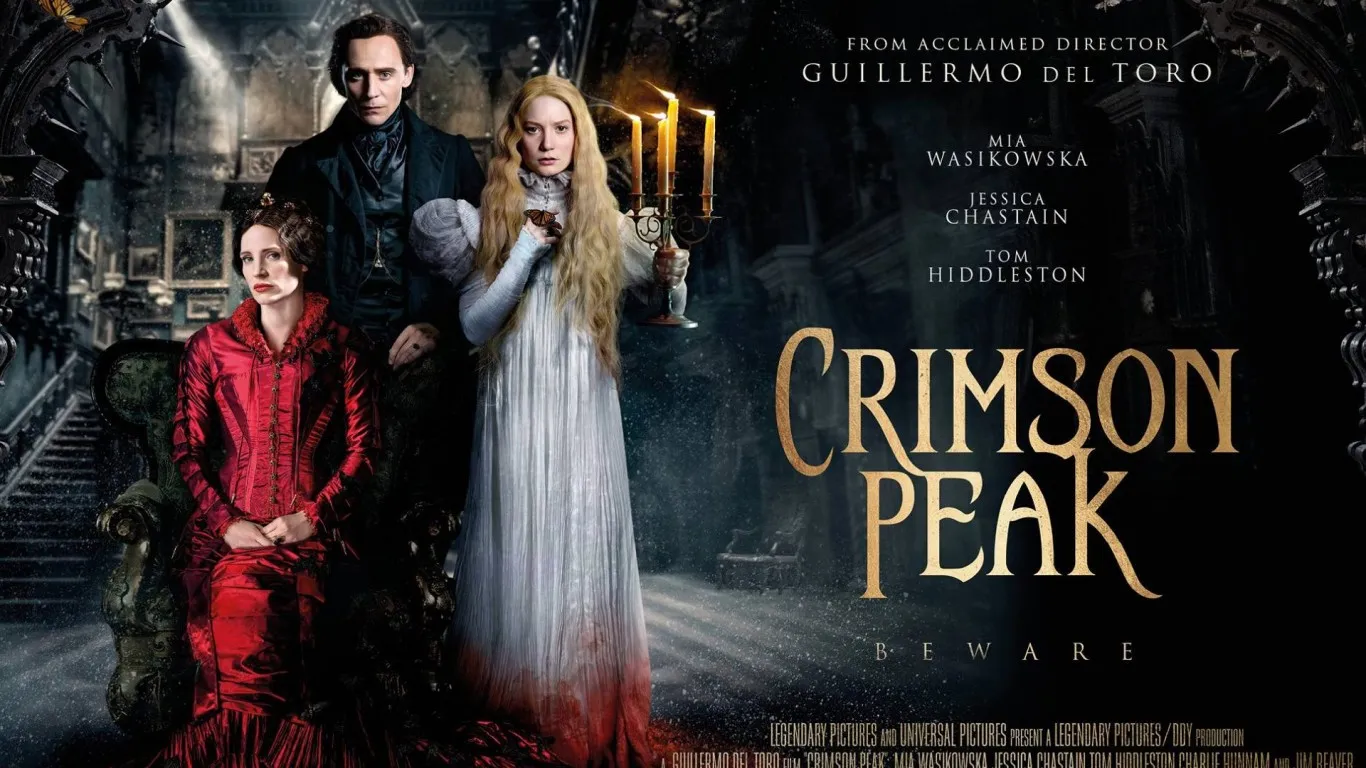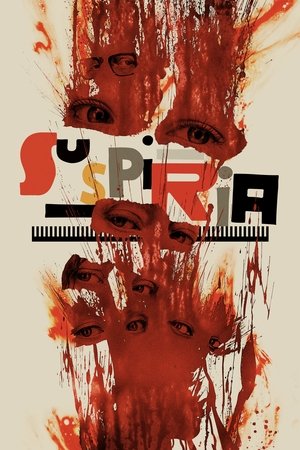A Fusion of Horror and Gothic Romance
In Guillermo del Toro’s Crimson Peak, the acclaimed filmmaker chooses to push the boundaries of horror by infusing it with elements of gothic romance. While traditional horror films often rely on jump scares and cheap thrills, del Toro takes a different approach, exploring into the realm of metaphors and strong narratives. This unique perspective has led to the emergence of the term “elevated horror,” used to depict scary movies that transcend the conventional tropes and delve deeper into the human psyche. However, there remains a divided opinion among cinephiles and filmmakers regarding the classification of horror. Guillermo del Toro himself has long championed horror as a genre that deserves the same artistic recognition as any other form of storytelling. Crimson Peak stands as a testament to del Toro’s vision, challenging the notion of labeling horror as just one thing.
An Immersive Victorian Era Setting
Crimson Peak is set in the Victorian Era, a time characterized by its opulence, strict societal norms, and an underlying sense of mystery. The film follows the journey of Edith Cushing, played by the talented Mia Wasikowska, a woman yearning for more than the traditional role of a housewife. Edith is an aspiring author with a passion for supernatural stories, despite facing societal skepticism. Her encounter with Thomas Sharpe, an English entrepreneur portrayed by Tom Hiddleston, opens the door to a whirlwind romance that leads her to Allerdale Hall, a mansion shrouded in secrets and haunted by ghouls. It is within the walls of this enigmatic residence that Edith’s fate becomes entangled with a dark and twisted past.
Breaking the Expectations of Haunted Mansion Horror
One of the misconceptions about Crimson Peak is that it was marketed primarily as a haunted mansion horror film. While the marketing strategy focused on generating excitement through conventional horror elements, the film transcends these expectations. Guillermo del Toro masterfully crafts a visually stunning piece, with lavish production design and costume choices that effectively establish the atmospheric backdrop necessary for the story. The color red, in particular, emerges as a recurring motif, blurring the line between the violent events unfolding within the mansion and the passionate romance at its core.
Complex Characters and Struggles
Crimson Peak introduces viewers to a cast of characters that are both intriguing and flawed. The Sharpe siblings, portrayed by Tom Hiddleston and Jessica Chastain, command attention with their enigmatic relationship. Their presence adds an extra layer of oddness to the narrative, showcasing Guillermo del Toro’s skill at crafting multi-dimensional characters. While on the surface, these characters may seem like simple antagonists with predictable motivations, Hiddleston’s charisma and Chastain’s intimidating portrayal elevate their roles to impressive heights.
However, the same cannot be said for the rest of the cast. Mia Wasikowska’s portrayal of Edith is compelling, evoking empathy from the audience. Yet, the characterization of Edith feels uneven, showcasing drastic shifts in personality that disrupt the sense of continuity. Furthermore, Charlie Hunnam’s character, Dr. Alan, exists primarily as a plot device in the third act, lacking development beyond serving the immediate needs of the story. These inconsistencies prevent certain characters from fully realizing their potential.
The Delicate Balance of Intelligence and Simplicity
Crimson Peak exhibits both moments of brilliance and instances where it struggles to find its footing. Guillermo del Toro masterfully weaves visual cues and subtle dialogue hints throughout the film, allowing attentive viewers to catch the deeper nuances. This level of intelligence in storytelling is commendable; however, it sometimes clashes with character decisions that feel unnatural. Although the film places trust in its audience’s ability to comprehend its intricacies, the lack of organic character development weakens the overall impact. The intention to create accessibility for a wide range of viewers while rewarding those who dive deeper into its symbolism is evident but not fully realized.
A Gothic Romance at the Heart
While Crimson Peak may not be a typical ghost story or an outright horror film, it is an exquisite exploration of gothic romance. Guillermo del Toro showcases his keen eye for human dynamics, capturing the complexities of love in a hauntingly beautiful manner. The twisted romance within the film evokes a sense of unease and fascination. Drawing inspiration from the gothic romance genre, which has become less prevalent in modern cinema, del Toro creates a throwback to films like Francis Ford Coppola’s Dracula. Crimson Peak skillfully combines elements of love, tragedy, and suspense, leaving a lasting impression on viewers.
Conclusion
Guillermo del Toro’s Crimson Peak defies traditional horror classifications by infusing the genre with gothic romance. Its stunning visuals, captivating characters, and unique storytelling contribute to a memorable film experience. While not without its flaws, Crimson Peak is a testament to del Toro’s artistic vision and his ongoing mission to emphasize the artistry within the horror genre. It serves as a reminder that horror, like any other form of storytelling, should be taken seriously and appreciated for its diverse range of narratives and emotions.
FAQs
1. Is Crimson Peak a horror film?
While Crimson Peak features elements of horror, it goes beyond the conventional jump scares and focuses on the exploration of gothic romance. Its emphasis lies in crafting a hauntingly beautiful narrative rather than purely terrifying audiences.
2. How does Guillermo del Toro incorporate symbolism in Crimson Peak?
Guillermo del Toro masterfully integrates symbolism throughout Crimson Peak, using visual cues and subtle dialogue hints. These details enrich the viewing experience by adding deeper layers of meaning to the story and its characters.
3. Is Crimson Peak visually appealing?
Yes, Crimson Peak is widely regarded for its visually pleasing aesthetics. Guillermo del Toro’s meticulous attention to detail can be seen in the elaborate production design, lavish costumes, and the effective use of the color red as a recurring motif.
4. Can viewers appreciate Crimson Peak’s gothic romance without being familiar with the genre?
Absolutely! While Crimson Peak pays homage to the gothic romance genre, prior familiarity is not necessary to appreciate the film’s captivating narrative and explore the complexities of the central love story.
5. Is Crimson Peak a film that can be dissected for deeper meanings?
Yes, Crimson Peak offers ample material for analysis and interpretation. Guillermo del Toro includes subtle nuances and foreshadowing that invite viewers to explore the film’s symbolism and themes beyond the surface-level narrative.


